Books
Books
published in 2014

Matt Mullican’s Pure Projection Landscapes
Since the late 1970s Matt Mullican has developed a practice of performing under hypnosis that extends from his investigations into representation and subjective projection, and from his efforts to “enter the image” and embody a fictional character, a body of work that offers an exceptional perspective on repetition and renewal in performance practice.
This book is the outcome of an extensive research project into Mullican’s hypnosis performances, undertaken within the frame of If I Can’t Dance’s Performance in Residence programme with invited researcher Vanessa Desclaux, and a two-day Class of Masters with Mullican on character construction. Desclaux takes up the question of personification in light of her analysis of Mullican’s hypnosis performances. A selection of Mullican’s photographs and works on paper are reproduced in this book.

Film Poems
In Film Poems, readers find themselves with author Redell Olsen on the cutting-room floor of discourse, weaving together a manifesto of conceptual poetry that demonstrates the skipping and scratch of language. Just as really "seeing" a film is to experience our own vision—the technology that is always mediating our sight—really "reading" (a particular form of seeing) is to experience our own language as a constantly shifting medium; meanings emerge through ceaseless splicings and cuts.
Film Poems brings together Olsen's "Film Poem" works written for performance and installation in relation to films made and appropriated by her between 2007-2011. The five sequences splice together a range of contextual references from London landmarks, lace manufacturing, synchronized swimming, and the history of camouflage. Words unfold on the page as a film unspools from a reel, with particular attention paid to etymologies and polyvalences, to the process and performance of meaning-making and its relationship to physical manufacturing. "Words are the film between what is said and seen," writes Olsen, "and also the means of writing that something burning in the projector called language."
Redell Olsen's publications include FILM POEMS (Les Figues Press, 2014), PUNK FAUN: A BAR ROCK PASTEL (Subpress, 2012), Secure Portable Space (Reality Street, 2004), Book of the Fur (rem press, 2000), and the collaboratively produced Here Are My Instructions (Redell Olsen / Susan Johanknecht) (Gefn, 2004). Her film poems, and texts for performance and film, include: Bucolic Picnic (or, toile de jouy camouflage) (2009), Newe Booke of Copies (2009-10), Lost Pool (2010), and SPRIGS & spots (2011-12). From 2006-2010 she was the editor of How2, the international journal for modernist and contemporary poetry and poetics by women writers. She is the director for the MA in Poetic Practice at Royal Holloway, University of London, UK.
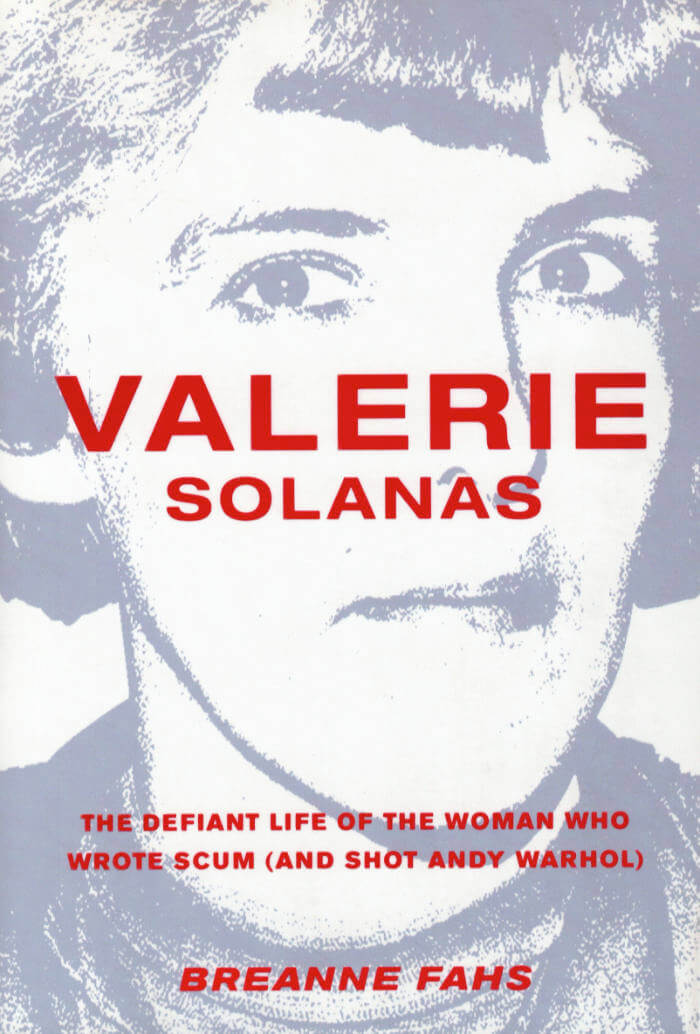
Valerie Solanas: The Defiant Life of the Woman Who Wrote Scum
The authoritative biography of the 60s countercultural icon who wrote SCUM Manifesto, shot Andy Warhol, and made an unforgettable mark on feminist history.
Breanne Fahs is an associate professor of women and gender studies at Arizona State University, where she specializes in studying women's sexuality, critical embodiment studies, radical feminism, and political activism. She has a BA in women's studies/gender studies and psychology from Occidental College and a PhD in women's studies and clinical psychology from the University of Michigan. She has published widely in feminist, social science, and humanities journals, as well as the books Performing Sex with SUNY Press (2011) and The Moral Panics of Sexuality (2013). She is the director of the Feminist Research on Gender and Sexuality Group at Arizona State University, and also works as a private practice clinical psychologist specializing in sexuality, couples work, and trauma recovery.
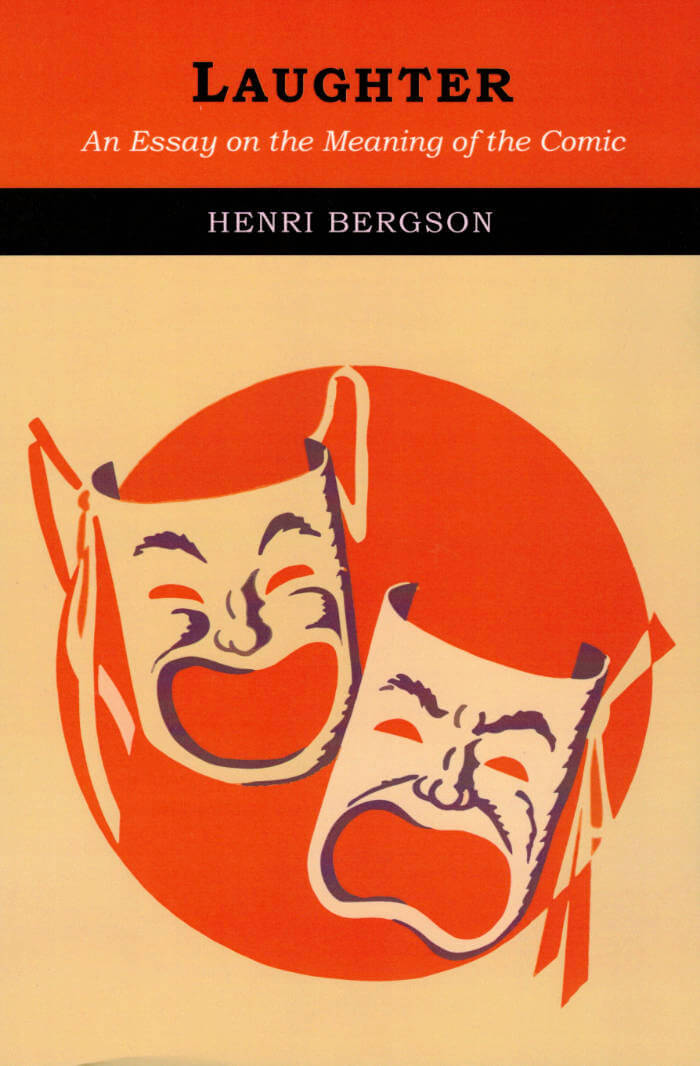
Laughter: An Essay on the Meaning of the Comic
"Laughter" is a collection of three essays by French philosopher Henri Bergson, first published in 1900. In a short introduction, Bergson announces that he will try to define the comic, but he does not want to give a rigid definition of the word; he wants to deal with the comic as part of human life. His ambition is also to have a better knowledge of society, of the functioning of human imagination and of collective imagination, but also of art and life.
Bergson begins to note three facts on the comic: 1] the comic is strictly a human phenomenon. A landscape cannot be a source of laughter, and when humans make fun of animals, it is often because they recognize some human behavior in them. Man is not only a being that can laugh, but also a being that is a source of laughter. 2] laughter requires an indifference, a detachment from sensibility and emotion: 3] it is more difficult to laugh when one is fully aware of the seriousness of a situation. It is difficult to laugh alone, it is easier to laugh collectively. One who is excluded from a group of people does not laugh with them, there is often a complicity in laughter. Thus the comic is not a mere pleasure of the intellect, it is a human and social activity, it has a social meaning.
2014 Reprint of Original 1912 Edition. Exact facsimile of the original edition, not reproduced with Optical Recognition Software.
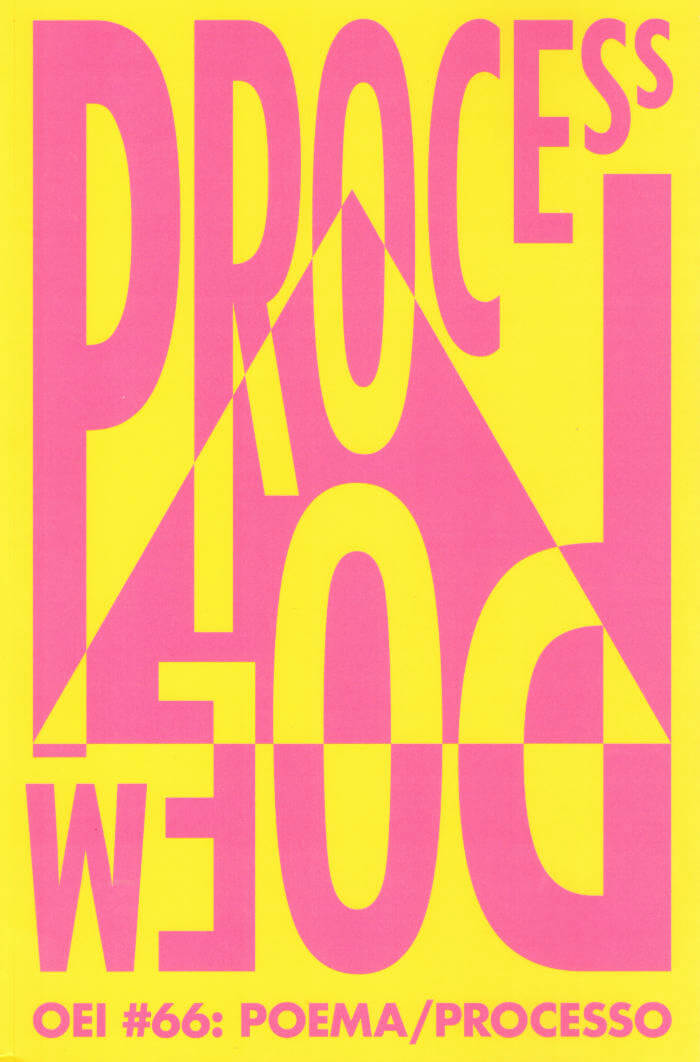
OEI #66 Poema/Processo (Process/Poem)
Jonas J. Magnusson, Cecilia Grönberg and 1 more
“We were not claiming European influences, as concrete poetry did. Europe would not accept a visual culture born in Brazil, so this claiming was necessary for concrete poetry, but not for poema/processo as it had pan-Latin-American connections” (Wlademir Dias-Pino)
Already a classic, this issue of OEI presents the Brazilian avant-garde movement Poema/Processo through a huge selection of images, poems, and short essays, showing the different strategies this movement used between 1967 an 1972 in order to survive and develop under the pressure of the militarian regime. Are also featured three other less-known Brazilian movements from the 60s, 70s and early 80s: poesia práxis, poesia marginal, pornismo.
With Wlademir Dias-Pino, Wlademir Dias-Pino, Moacy Cirne, Álvaro de Sá, Fernanda Nogueira, Priscilla Guimarães Martins, João Felício dos Santos, Rogerio Camara, Neide de Sá, Eduardo Kac, Antonio Sergio Bessa, Décio Pignatari, Luis Ângelo Pinto, Décio Pignatari, Dailor Varela, Falves Silva, Jota Medeiros, Cristina Freire, Dácio Galvão, Clemente Padín, Almandrade, Mário Chamie, Sergio Cohn, Omar Khouri, Régis Bonvicino, Regina Silveira, Hudinilson Jr.

Time and Tide
“In selecting the photographs for this publication, Lisa Spilliaert (b. 1990) was adamant that the image of a sunrise should be among the first in her book. It is, indeed, an emblematic image. For anyone with a camera, such a splendid sunrise is an irresistible trope: a visual motif that simply begs to be captured and fixed on film. In reality, however, the magic of this scene resides in the fleeting, subtle changes in colours and vibrations. This is the dynamic that captivates us.
Photography is usually understood as a technique for ‘stopping’ the flow of time. But as Spilliaert here demonstrates, the impact of photography can also be used to manifest an awareness of time and transience. By accentuating the photographer’s fixed position vis-à-vis the endlessly changing light source, Spilliaert evokes a correlation between stasis and movement, between the cosmic and the mundane. This duality is echoed again in the confrontation of the two equivalent silhouettes: that of the photographer and of his alias or ‘partner’: a life-size technical camera.” — From ‘Time and Tide’ Edwin Carels
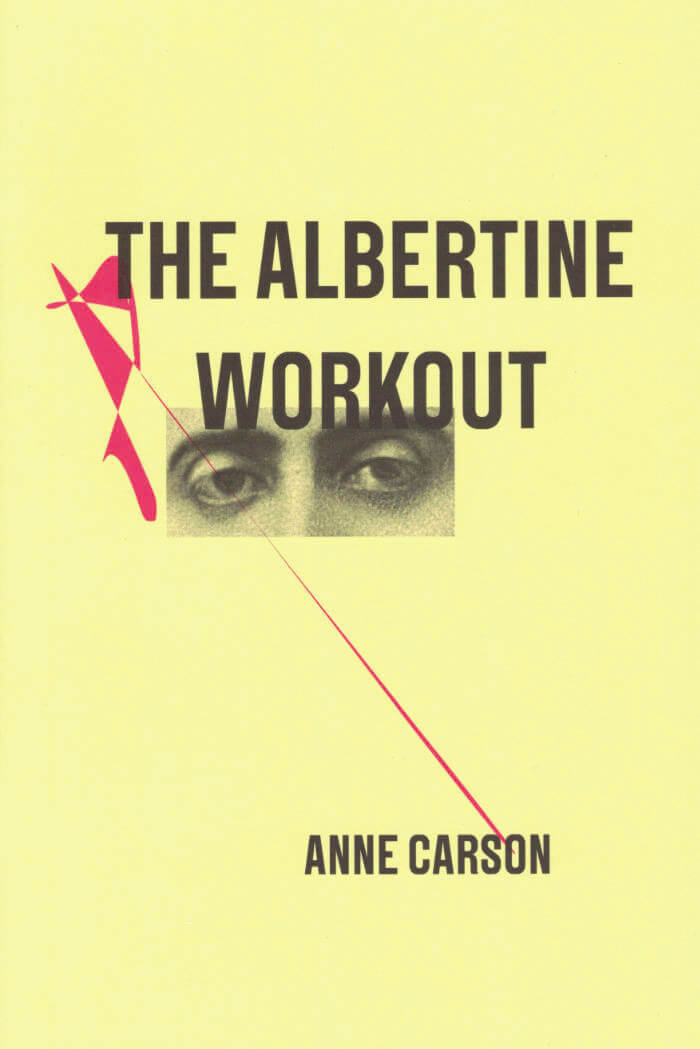
The Albertine Workout
The Albertine Workout contains fifty-nine paragraphs, with appendices, summarizing Anne Carson's research on Albertine, the principal love interest of Marcel in Proust's Á la recherche du temps perdu.

Els Dietvorst E.D. (2010–2014)
This publication presents a survey of the work of Els Dietvorst from 2010 to 2014. This is also the period in which she left Brussels to live in a village on the south-east coast of Ireland, where she focused on projects such as The Black Lamb. The audio piece One was killed for beauty, another one was shot, the two others died naturally is included on an audio CD.
Els Dietvorst E.D. (2010–2014), Rolf Quaghebeur, Eva Wittocx, Katleen Weyts, Els Dietvorst, Brussels, 2014.
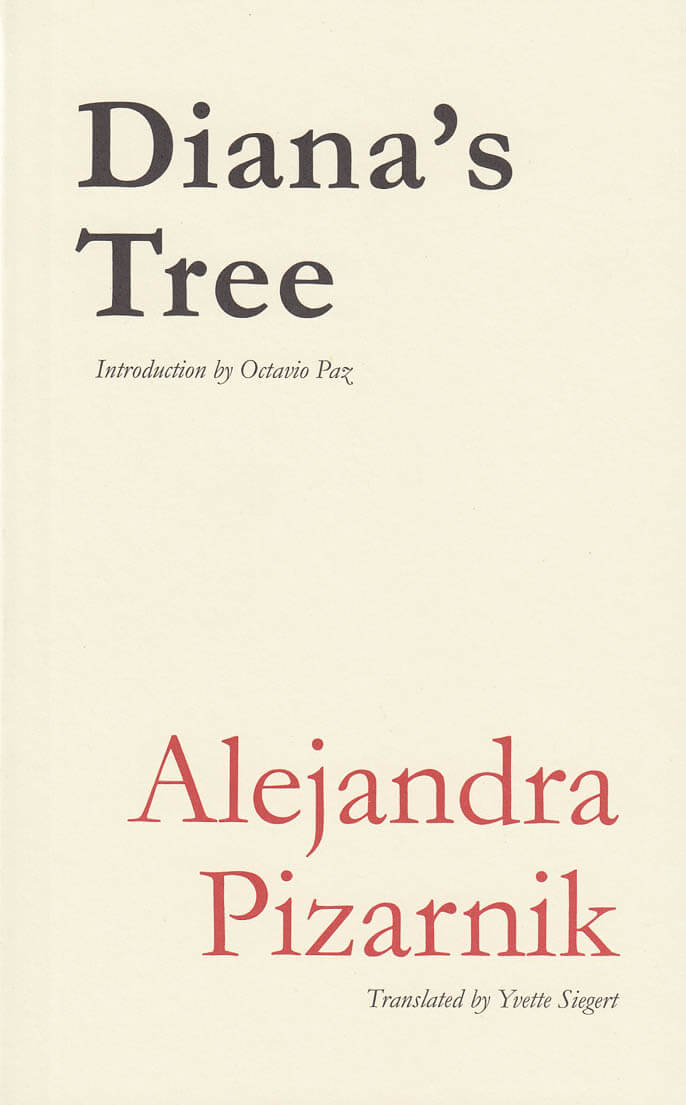
Diana's Tree
Translated from the Spanish by Yvette Siegert. In 1962, Pizarnik published her fourth collection, Diana's Tree, the book that would both change and establish her poetic voice, and it contained the slimmest verses the poet would ever write. It also carried a glowing introduction by Octavio Paz, who by that point served as a prominent Mexican diplomat in Paris and had become a leader of the city's expatriate literary circles. Diana'a Tree, wrote Paz, was a feat of alchemical prowess, a work of precocious linguistic transparency that let off "a luminous heat that could burn, smelt or even vaporize its skeptics."

Anabases
This book documents an installation by Eric Baudelaire revisiting the political and personal saga of the Japanese Red Army as an anabasys—an allegory of a journey that is both a wandering into the unknown and a return back home.
“This book is not for reading but for wandering. Its lines do not roll out continuously but superimpose each other to infinity, creating not a compendium of knowledge but a web of prescience. It does not follow a logical framework but unfurls a grid with multiple entries. It does not assert a set subject or conclusive postulate. At most it invites us to probe the recesses of a mind in motion, and steeps us in the driving material that brings it to life. It reflects the works it exhibits, the documents it discloses and the commentary it generates: it aspires to ubiquity. Anabasis, the very real linking thread that stitches it together, serves not just as an archaeological enigma, but also as an allegorical force. The main author of this ocean crossing, Eric Baudelaire, is both a collector of vestiges and a sketcher of wandering lines who has surrounded himself with other meticulous voices (Pierre Zaoui, Homay King, Jean-Pierre Rehm), fellow-travellers in this library secret. Readers will be able to enjoy the gradual unfolding of the story of war and politics whose underlying intellectual and poetic adventure this book enables us to recall—that of its repetitions, ramifications and hybridisations: the story of Anabasis after Anabasis (or from Xenophon's Anabasis to that of Paul Celan by way of Alain Badiou's), from an ancient narrative to its modern reappropriation.” — Morad Montazami
Edited by Eric Baudelaire and Anna Colin.
Texts by Morad Montazami, Pierre Zaoui, Homay King, Jean-Pierre Rehm.